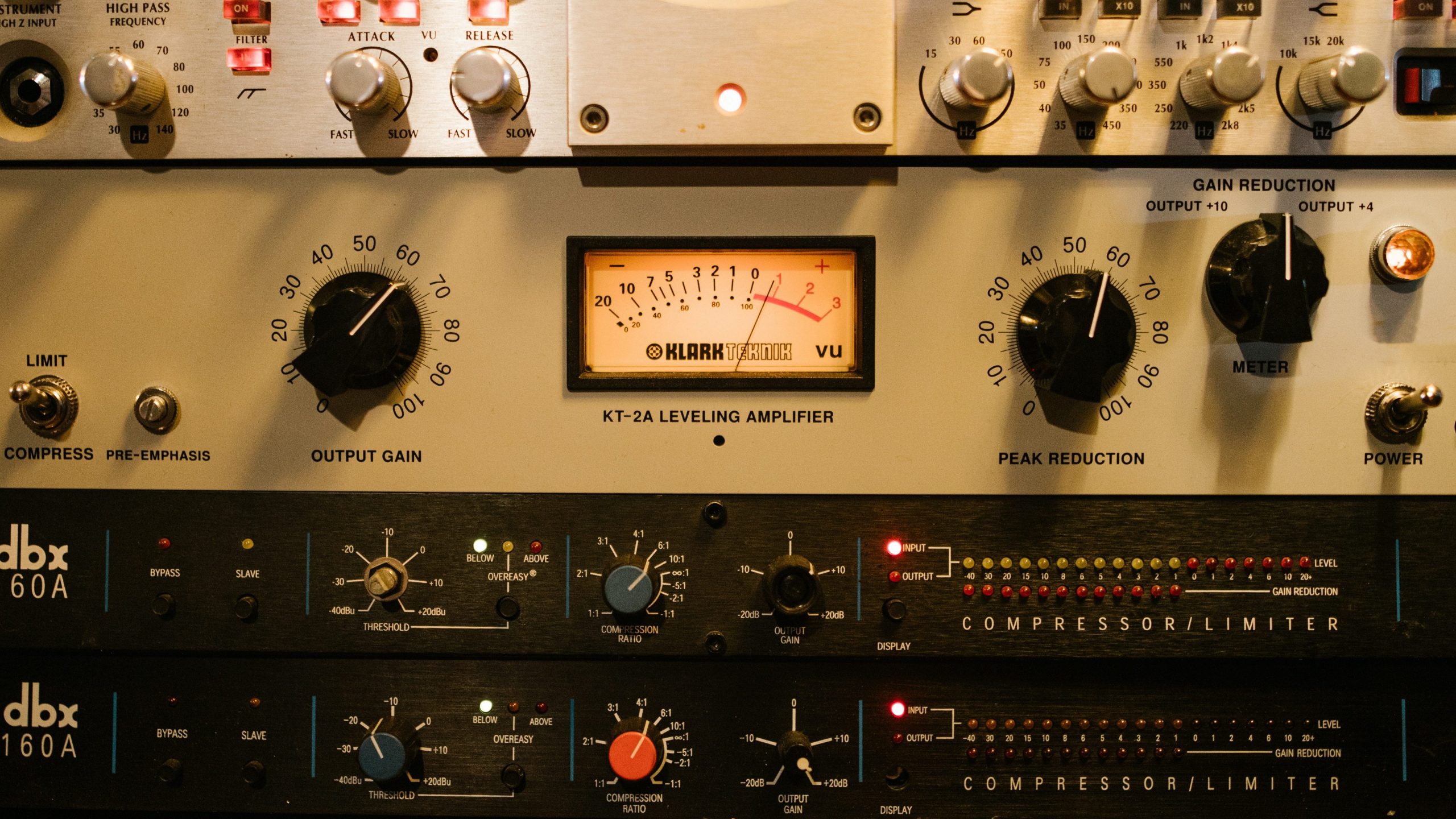ONLINE MIXING STUDIO
At Upaya Sound, my recording studio on the edge of Hamburg, I provide online mixing for artists of any genres loosely related to alternative rock, indie and folk. I will take your raw audio tracks and process them with analogue and digital EQ, compression and effects, turning them into a coherent mix with depth, clarity and punch.
Before I get started, I like to get together with artists and talk about what their mix should sound like and if there are any artists or records they are looking to emulate. Taking a handful of influences and blending the different sounds and styles together can create a fresh and original sounding recording. By discussing the goals beforehand, we are on the same page for the project and can get straight to work creating the right sound.


